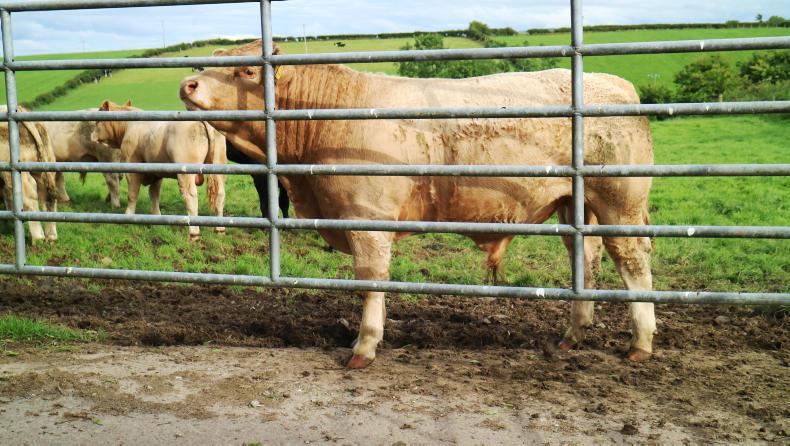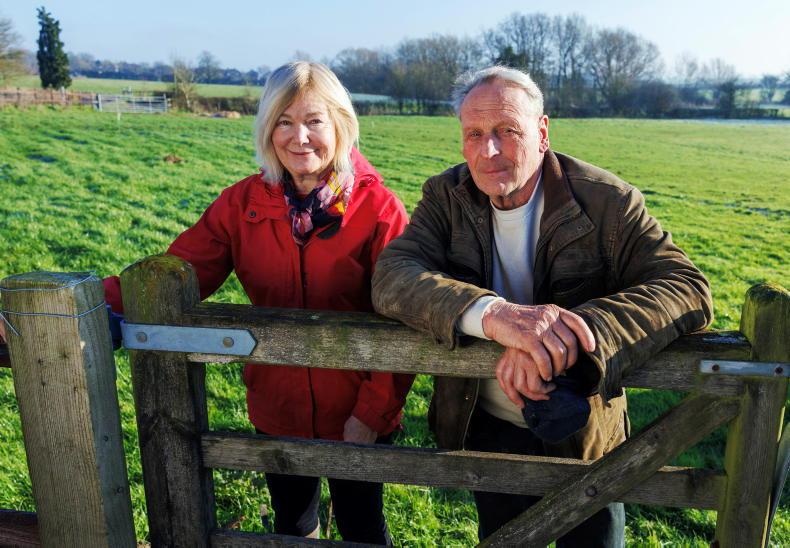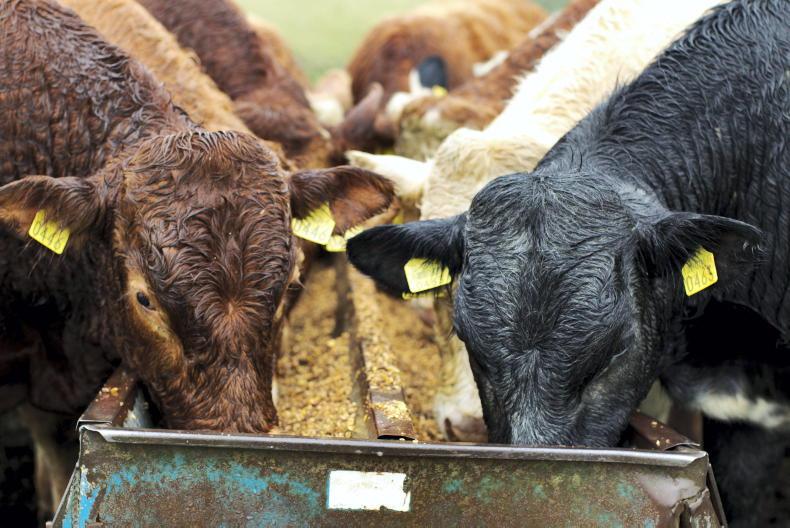Dairy calf-to-beef targets
The target housing weight for this year’s calves is 230-240kg in early November. In order to hit this, calves need to be 150kg at this stage. Weighing calves now to establish where they are can save any potential problems at housing time.
Calves should be growing at around 0.8kg-0.9kg/hd/day at this stage. Where calves are not on target, the question that needs to be asked is why?
I have spoken to a number of farmers this week who have reported high worm burdens and even fluke in some cases from dung sample results. Dairy-beef calves will have a higher level of worm burdens compared to suckler-bred calves due to the higher proportion of their diet coming from grazed grass.
Taking a dung sample is a good way to establish the level of burden in calves. However, in the case of lungworm, it can take three to four weeks for it to show in dung sample results. If calves are coughing after being moved, there is a good chance they need a dose. Where calves are found to be behind target, the option is there to go in with 1kg meal/day to boost liveweight gains. However, this approach should not be used to make up for poor grassland management. Calves need to be grazing short leafy swards at all times to maximise weight gain.
Creep grazing
Allowing suckler calves to creep-graze into adjacent fields or paddocks will help to boost liveweight gains and also reduce the cow-calf bond in advance of weaning. This method gives calves access to the best quality grass available on the farm at all times.
Forward creep-grazing can be achieved using a simple creep gate from one field to the next that allows calves to go through while cows are held back to clean out the current paddock.
Another option is where there is a single stranded wire between paddocks – it can be raised using two horse fence posts. Feeding meal for a couple of weeks in the forward paddock will help entice calves to start to move ahead of the cows. The more time calves spend grazing away from the cow, the more the cow-calf bond will be broken, ultimately reducing the stress levels on the calf when they are separated from the cow at weaning time.
Surplus grass
Grass growth rates remain high this week in most areas. This is the third week where growth has outstripped demand. This means there is a surplus of grass building ahead of stock on the farm.
In order to maintain grass quality, paddocks that have gone too strong for grazing should be removed as baled silage. Try to target a paddock that has not yet been mown or topped this season for surplus grass as this will allow you to remove any stem that may have built up over the last few weeks and leave nice fresh after-grass in the next rotation. Remember to replace P and K that will be taken off in the form of bales. Slurry or compound fertiliser should be spread on these paddocks post-silage.










SHARING OPTIONS